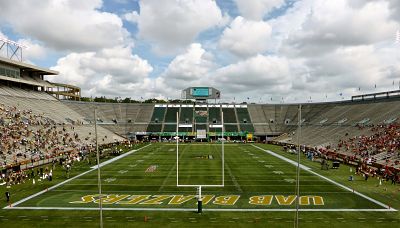Over the past few weeks and months, there have been a number of campuses struggling with how to deal with their fraternities and Greek Life culture. Fraternities and sororities can provide some compelling benefits, but many of us in higher education are starting to ask if the costs now outweigh the benefits. The culture of Greek Life has become so strong and ideological that reform efforts often fail and reformers from presidents to vice presidents of student affairs in increasing numbers have lost their jobs for even suggesting the need for reform. To me, Greek Life has devolved into a subculture at odds with the broader purpose of higher education turning supporters into zealots for their cause. In today’s post, I want to share the conclusion from my 2011 Journal of Higher Education article, Witch-hunting at Crucible University. Although about a very different case, I think the conclusion speaks to my concerns regarding the ongoing problems with Greek Life and shows the double-edged sword of organizational culture.





